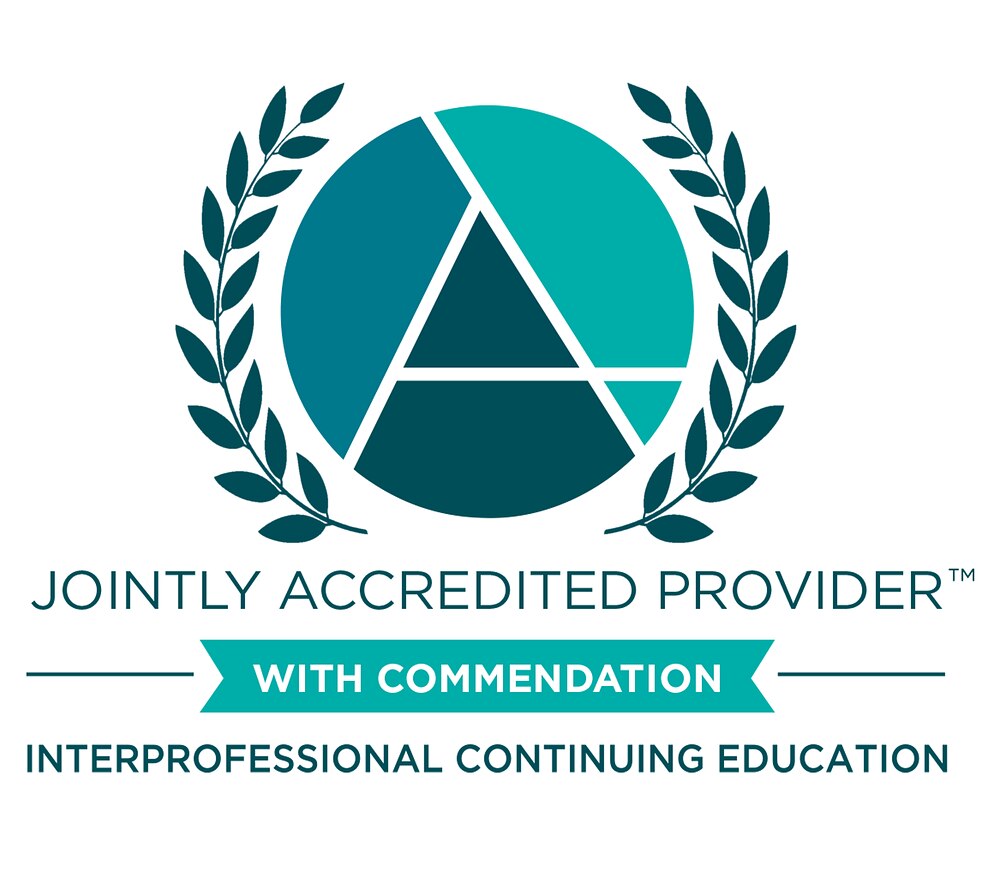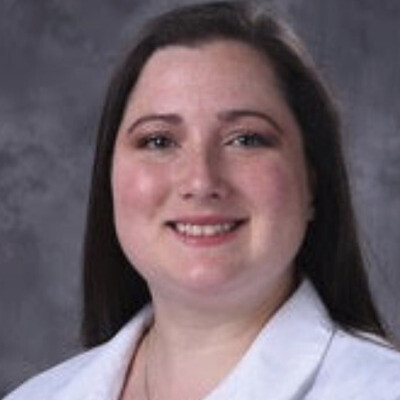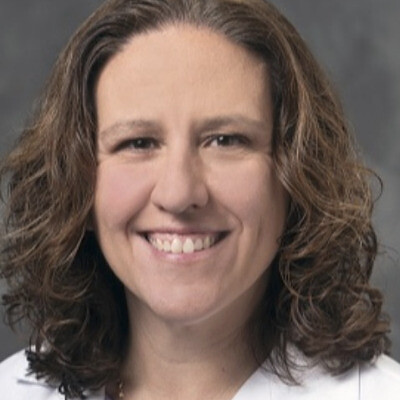This Lightning Talk will describe how clinical reasoning was applied collaboratively in an interprofessional education (IPE) workshop involving Physician Assistant (PA) and Medical Laboratory Science (MLS) students. The session was designed to help students actively contribute to diagnostic decision-making by applying their discipline-specific skills to a shared clinical case. The talk will highlight how structured team-based reasoning, peer teaching, and discipline-specific knowledge contributed to diagnostic accuracy and decision-making. Attendees will gain insight into an interprofessional learning experience promoting diagnostic excellence.
This session aligns with the conference theme Preparing Students for Interprofessional Collaborative Practice by engaging PA and MLS students in a structured, case-based experience that mirrors real diagnostic decision making. Students worked in interprofessional teams to generate a differential diagnosis, perform and interpret lab tests, and develop a treatment plan. Through shared clinical reasoning and mutual peer teaching, students gained a clearer understanding of each other’s roles. This session helps students understand how their reasoning processes intersect—preparing them to make informed, team-aware decisions that contribute to accurate diagnoses and treatment planning.
This Lightning Talk will provide attendees with a practical example of how to structure an interprofessional education session that promotes diagnostic excellence. Attendees will learn strategies for designing interprofessional learning experiences that promote clinical reasoning and support students in achieving diagnostic excellence through appropriate test selection and team-based problem-solving. The session will also offer ideas for incorporating peer teaching and team-based problem-solving into short, scalable IPE activities that are feasible across diverse educational settings.
The Lightning Talk fulfills priority criteria because this session contributes to the Quadruple Aim by preparing students to make accurate, cost-conscious decisions as part of a diagnostic care team. Through collaborative clinical reasoning, students practiced selecting appropriate lab tests based on clinical presentation—reinforcing habits that reduce unnecessary testing and optimize resource use. By understanding how their reasoning intersects with that of another profession, learners built communication and decision-making skills that support safer, more efficient care. The session offers a practical, scalable model for embedding value-based care principles into interprofessional education while promoting diagnostic accuracy, professional respect, and habits of collaborative practice.
In support of improving patient care, this activity is planned and implemented by The National Center for Interprofessional Practice and Education Office of Interprofessional Continuing Professional Development (National Center OICPD). The National Center OICPD is accredited by the Accreditation Council for Continuing Medical Education (ACCME), the Accreditation Council for Pharmacy Education (ACPE), and the American Nurses Credentialing Center (ANCC) to provide continuing education for the healthcare team.
As a Jointly Accredited Provider, the National Center is approved to offer social work continuing education by the Association of Social Work Boards (ASWB) Approved Continuing Education (ACE) program. Organizations, not individual courses, are approved under this program. State and provincial regulatory boards have the final authority to determine whether an individual course may be accepted for continuing education credit. The National Center maintains responsibility for this course. Social workers completing this course receive continuing education credits.
The National Center OICPD (JA#: 4008105) is approved by the Board of Certification, Inc. to provide continuing education to Athletic Trainers (ATs).
This activity was planned by and for the healthcare team, and learners will receive Interprofessional Continuing Education (IPCE) credit for learning and change.


Physicians: The National Center for Interprofessional Practice and Education designates this live activity for AMA PRA Category 1 Credits™. Physicians should only claim credit commensurate with their participation.
Physician Assistants: The American Academy of Physician Assistants (AAPA) accepts credit from organizations accredited by the ACCME.
Nurses: Participants will be awarded contact hours of credit for attendance at this workshop.
Nurse Practitioners: The American Academy of Nurse Practitioners Certification Program (AANPCP) accepts credit from organizations accredited by the ACCME and ANCC.
Pharmacists and Pharmacy Technicians: This activity is approved for contact hours.
Athletic Trainers: This program is eligible for Category A hours/CEUs. ATs should claim only those hours actually spent in the educational program.
Social Workers: As a Jointly Accredited Organization, the National Center is approved to offer social work continuing education by the Association of Social Work Boards (ASWB) Approved Continuing Education (ACE) program. Organizations, not individual courses, are approved under this program. State and provincial regulatory boards have the final authority to determine whether an individual course may be accepted for continuing education credit. The National Center maintains responsibility for this course. Social workers completing this course receive continuing education credits.
IPCE: This activity was planned by and for the healthcare team, and learners will receive Interprofessional Continuing Education (IPCE) credits for learning and change.
Learners can claim CE credit by completing the Daily Evaluation.




